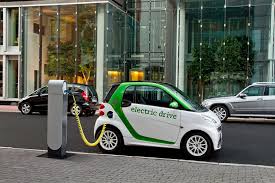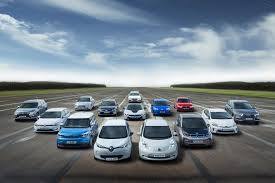Autopilot & Full Self-Driving: what Tesla Autonomous driving systems include
 Since 2014, Tesla has been selling its electric cars with an Autonomous driving system that uses a variety of cameras, radars, and ultrasonic sensors located around the car.
Since 2014, Tesla has been selling its electric cars with an Autonomous driving system that uses a variety of cameras, radars, and ultrasonic sensors located around the car.
The system includes a set of driver assistance functions that provide limited and enhanced self-driving capabilities on motorways. Initially, the system was offered as an option for the Model S, now the autopilot can be ordered for all Tesla models.
Now the Tesla Autonomous control system is the subject of controversy, in which opponents argue that it is too overrated and it will never be able to become fully Autonomous, and optimists and fans of the brand say that now the system significantly improves driving safety, and will soon become completely Autonomous.To understand who is closer to the truth, you need to consider all the possibilities of Tesla Autonomous driving systems:
Autopilot. Maintaining a safe distance with the car in front and automatically keeping the car within its lane by taxiing — the basic features of the Autonomous driving system, which requires the driver to keep his hands on the steering wheel to always be on the lookout.
Full Self-driving. Autonomous control of the “second level” in which the driver remains the need to drive the car as needed. This system includes navigation on autopilot, recognition of road markings, automatic lane change, overtaking slow-moving vehicles, self-Parking and exit from the garage or Parking space.
These are the main features that the basic and advanced autopilot package has at the moment. As you can see, this is a considerable list, which provides a wide range of opportunities for Autonomous driving.
But that’s not all, in the future Tesla equips cars with everything necessary for full Autonomous driving without the driver in almost any conditions. That is, and so rather big opportunities autopilot will be expanded and finally turn electric cars into self-driving cars.




